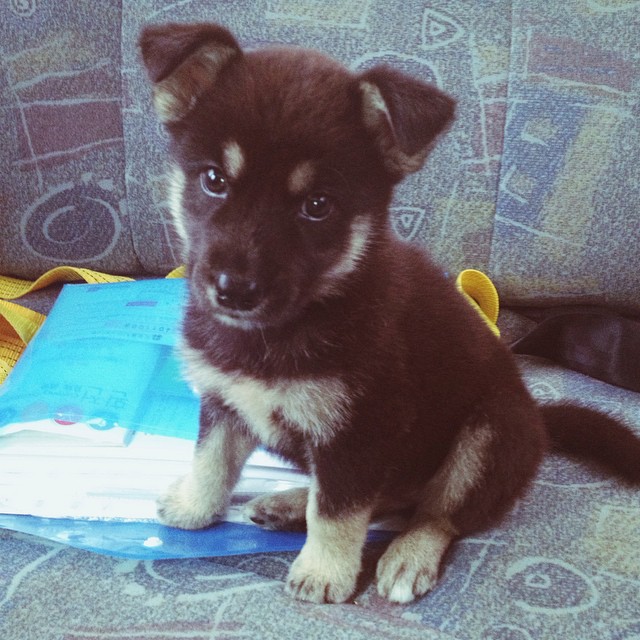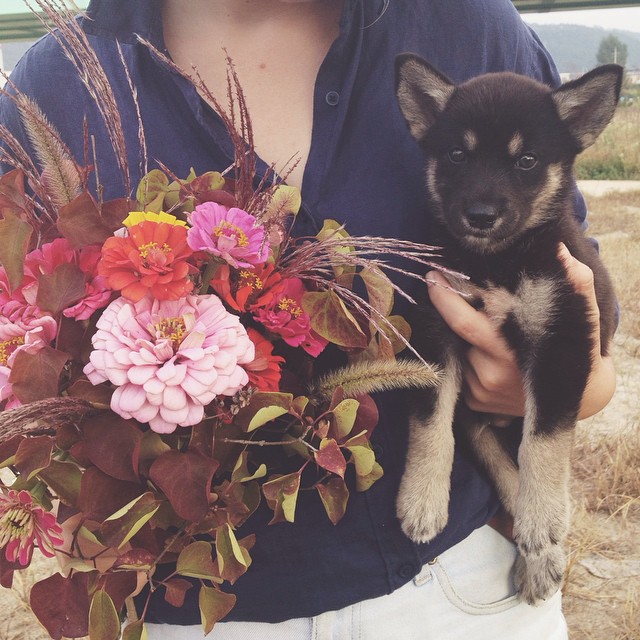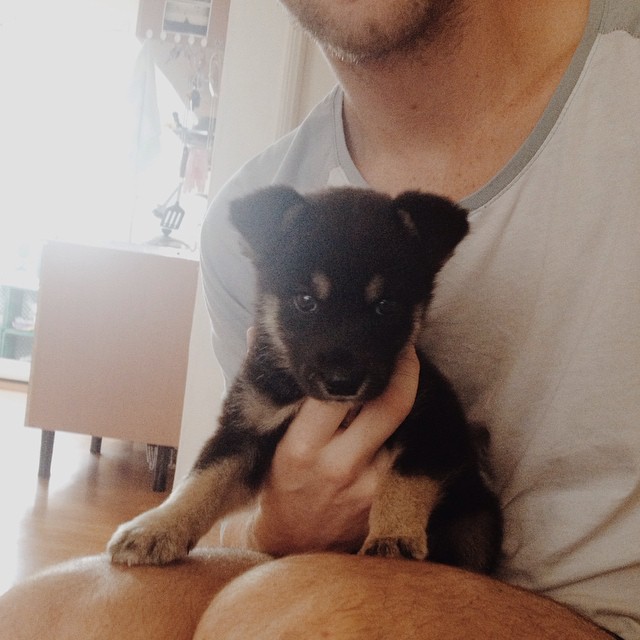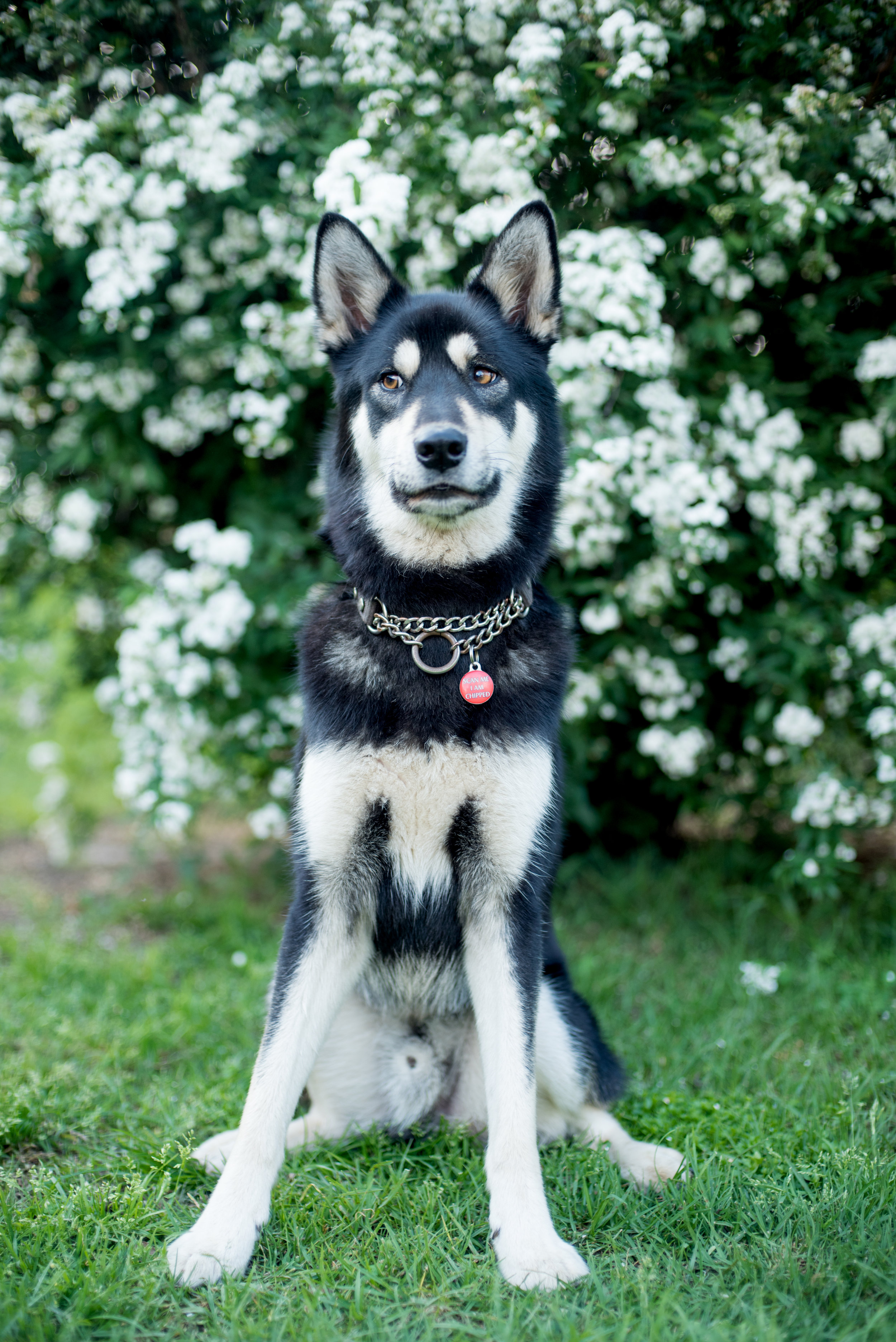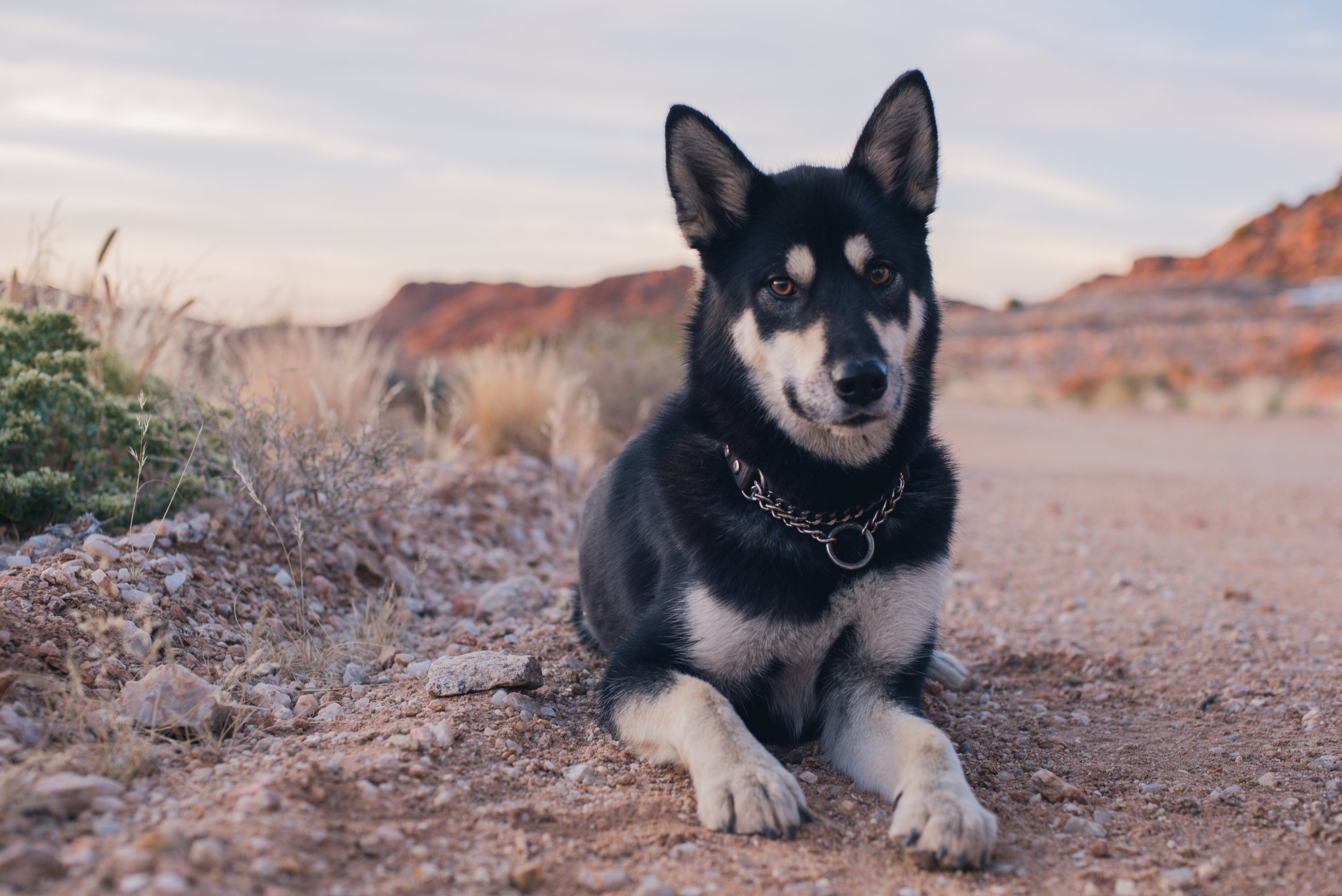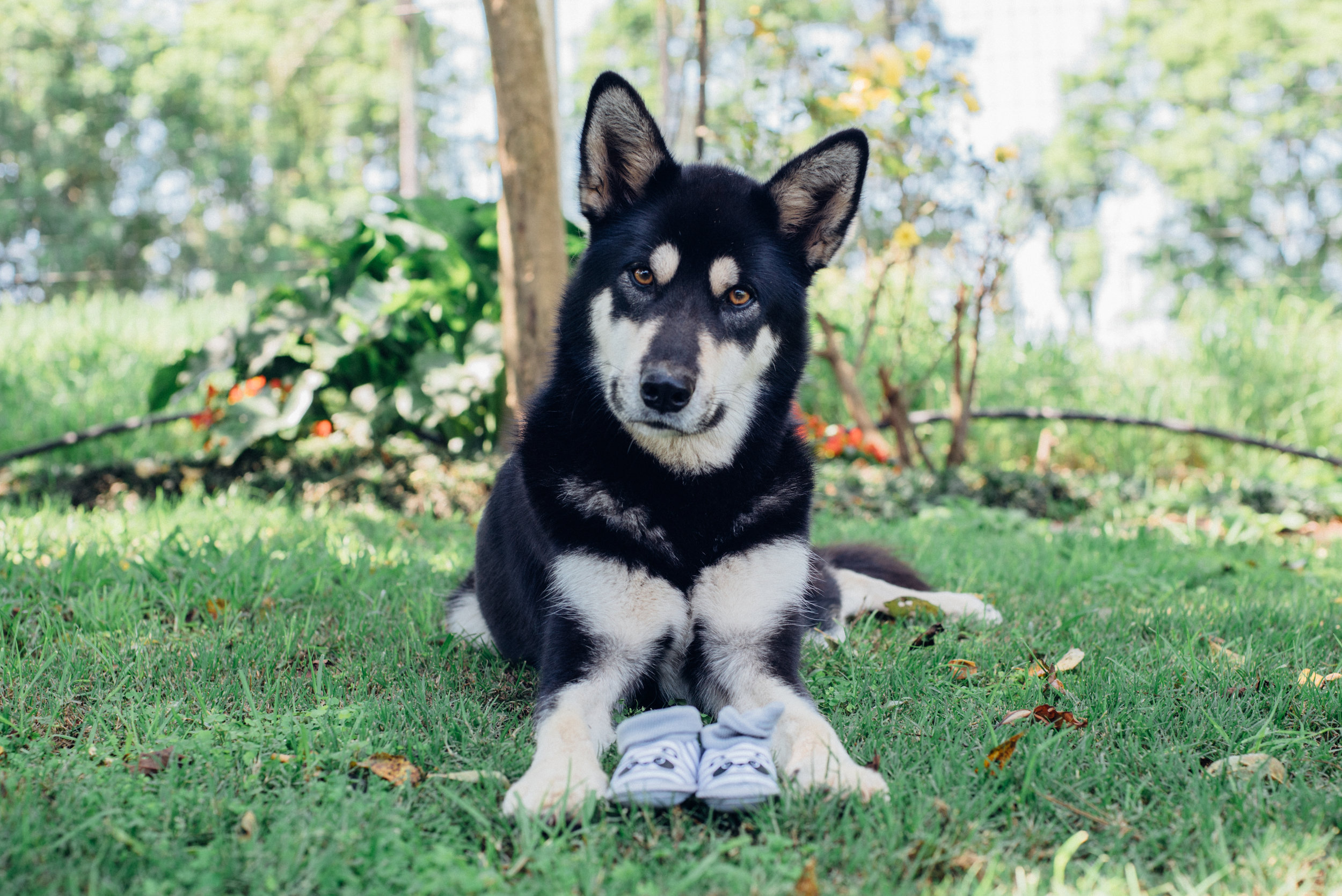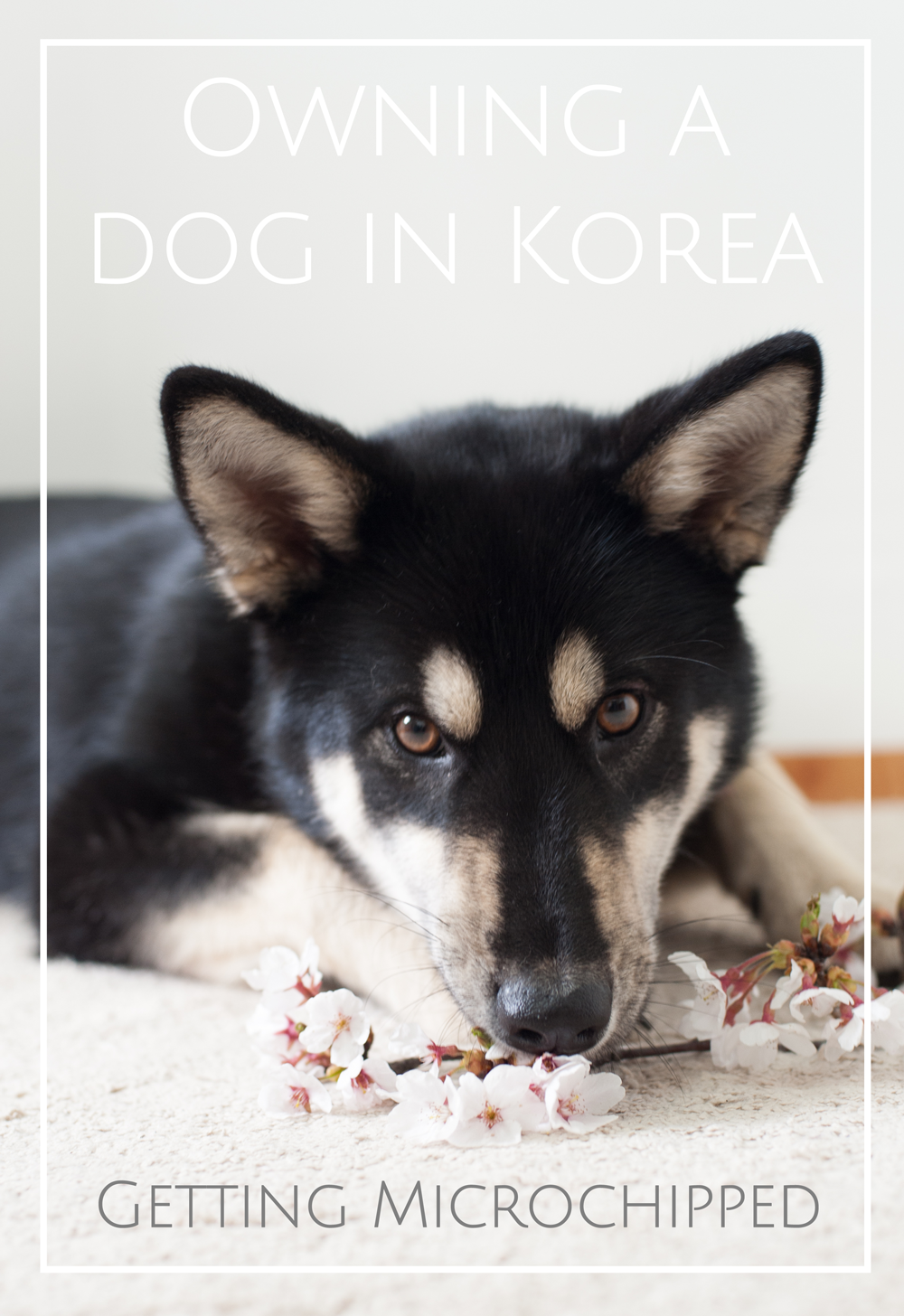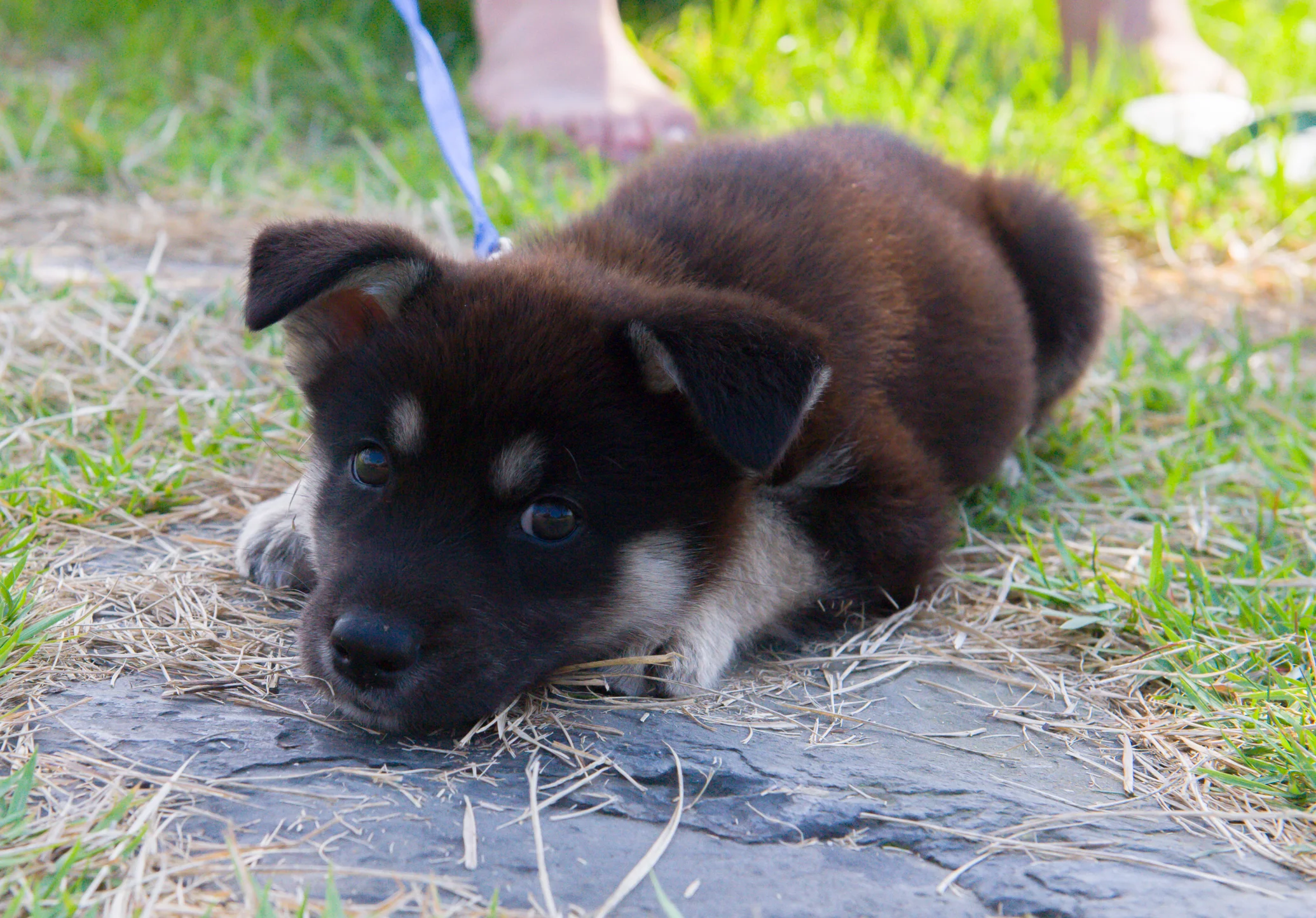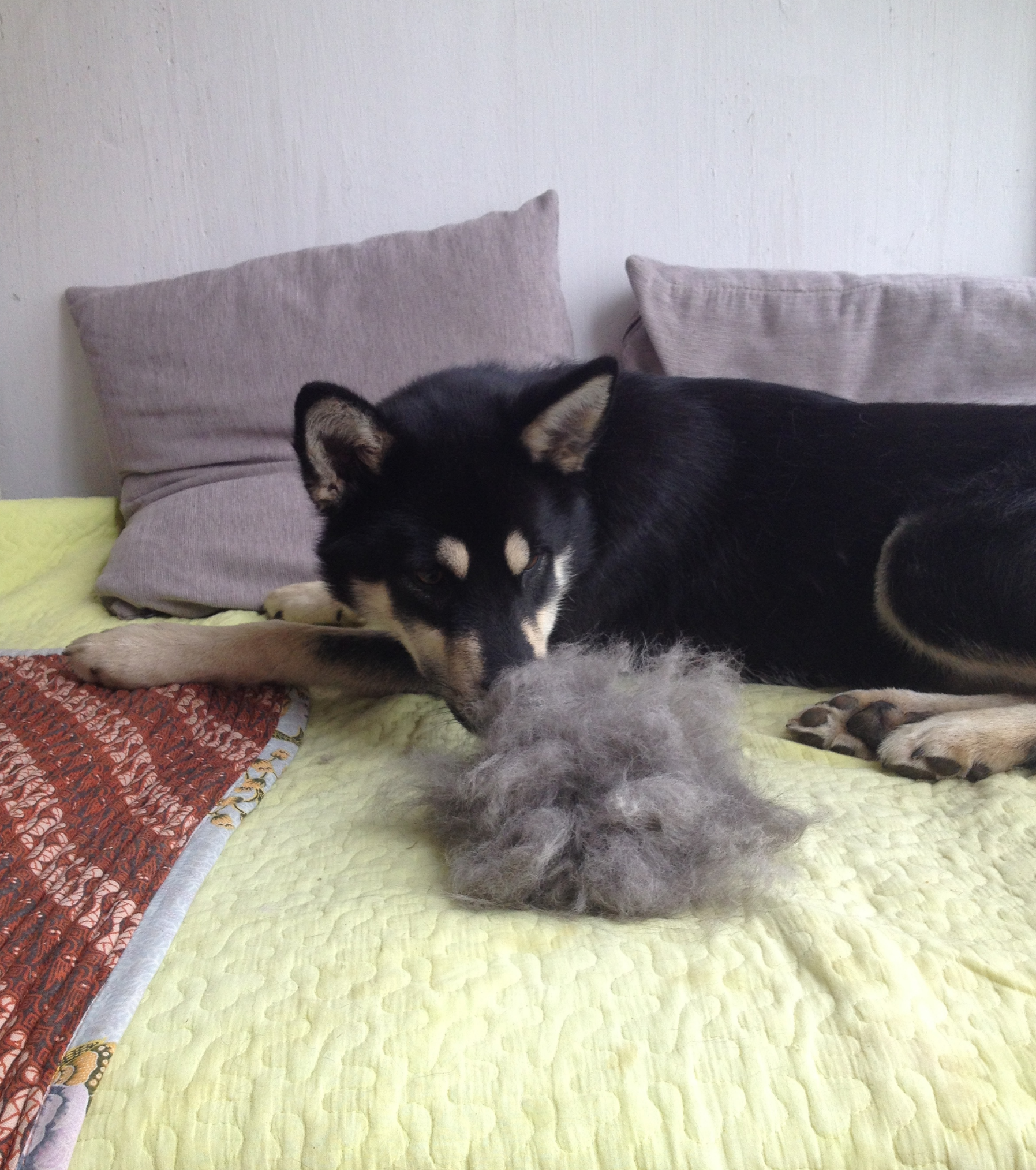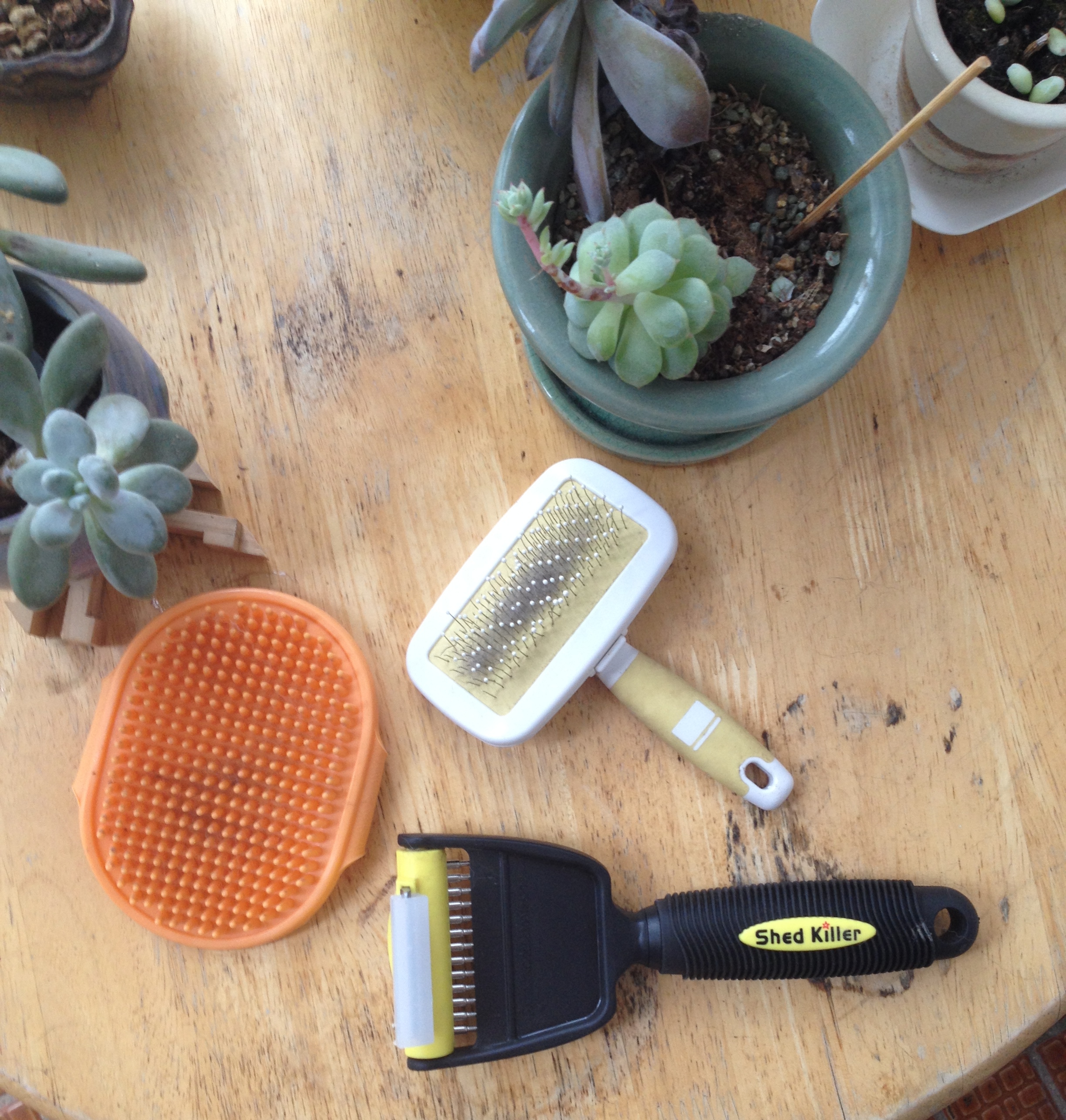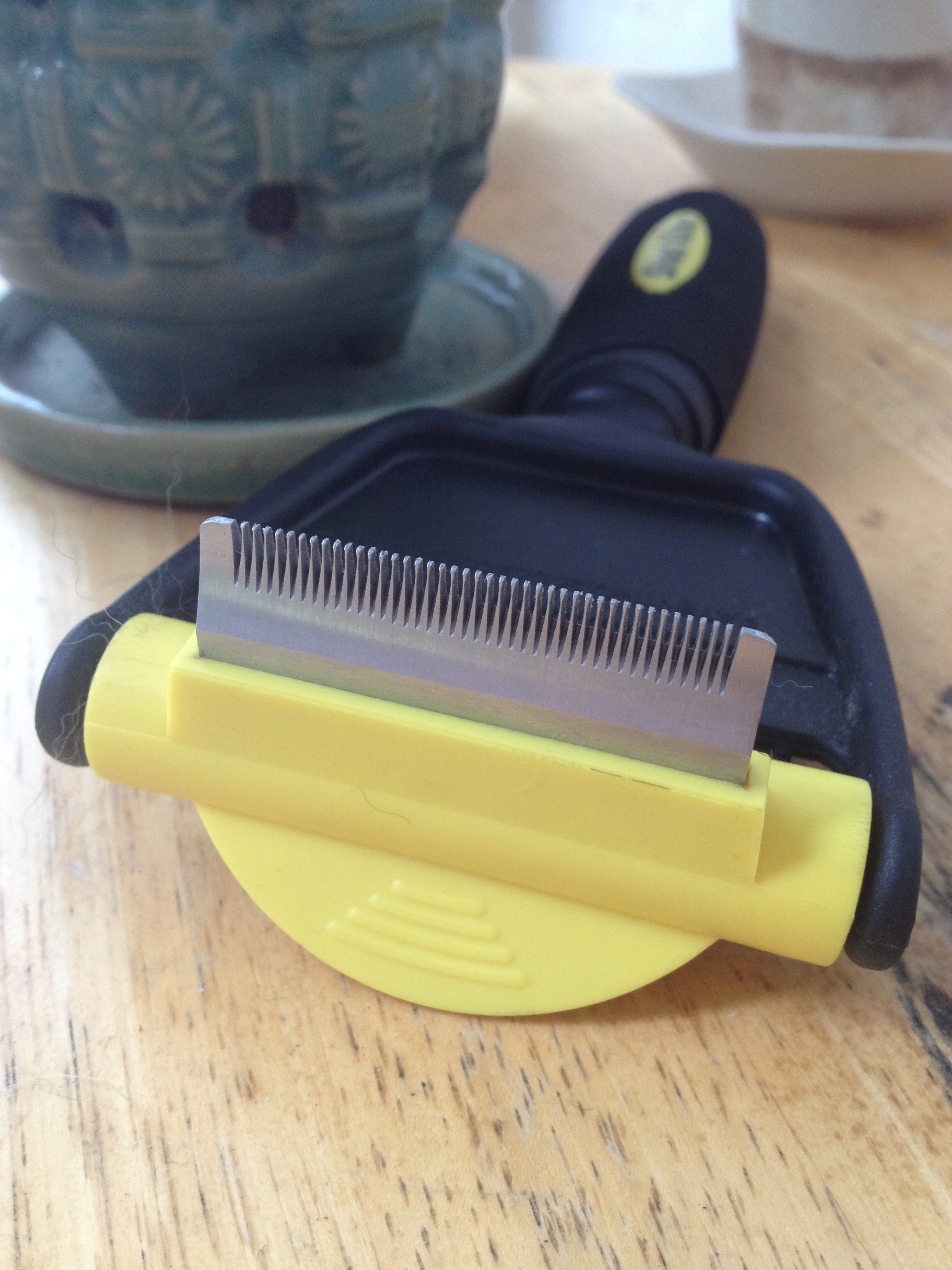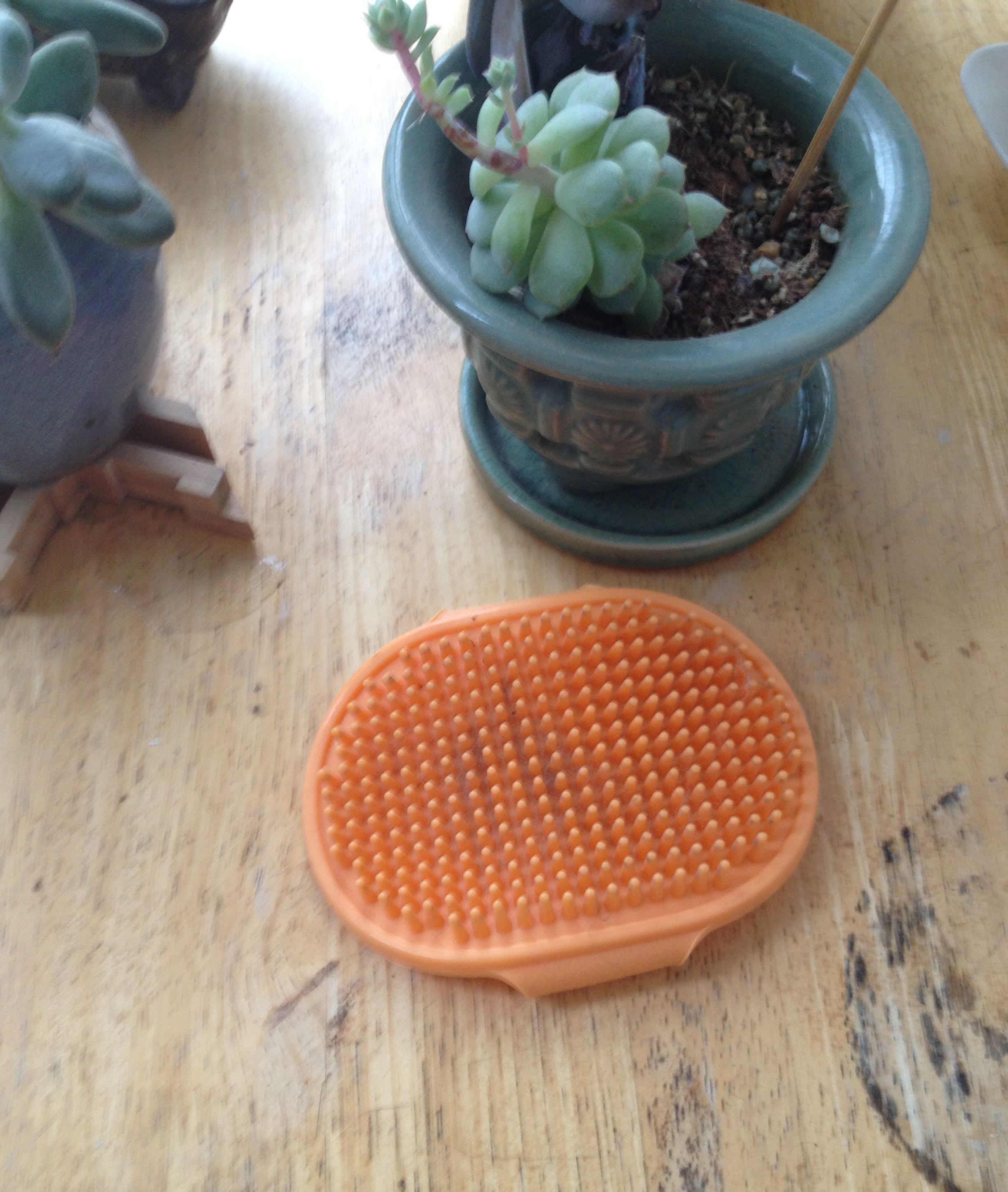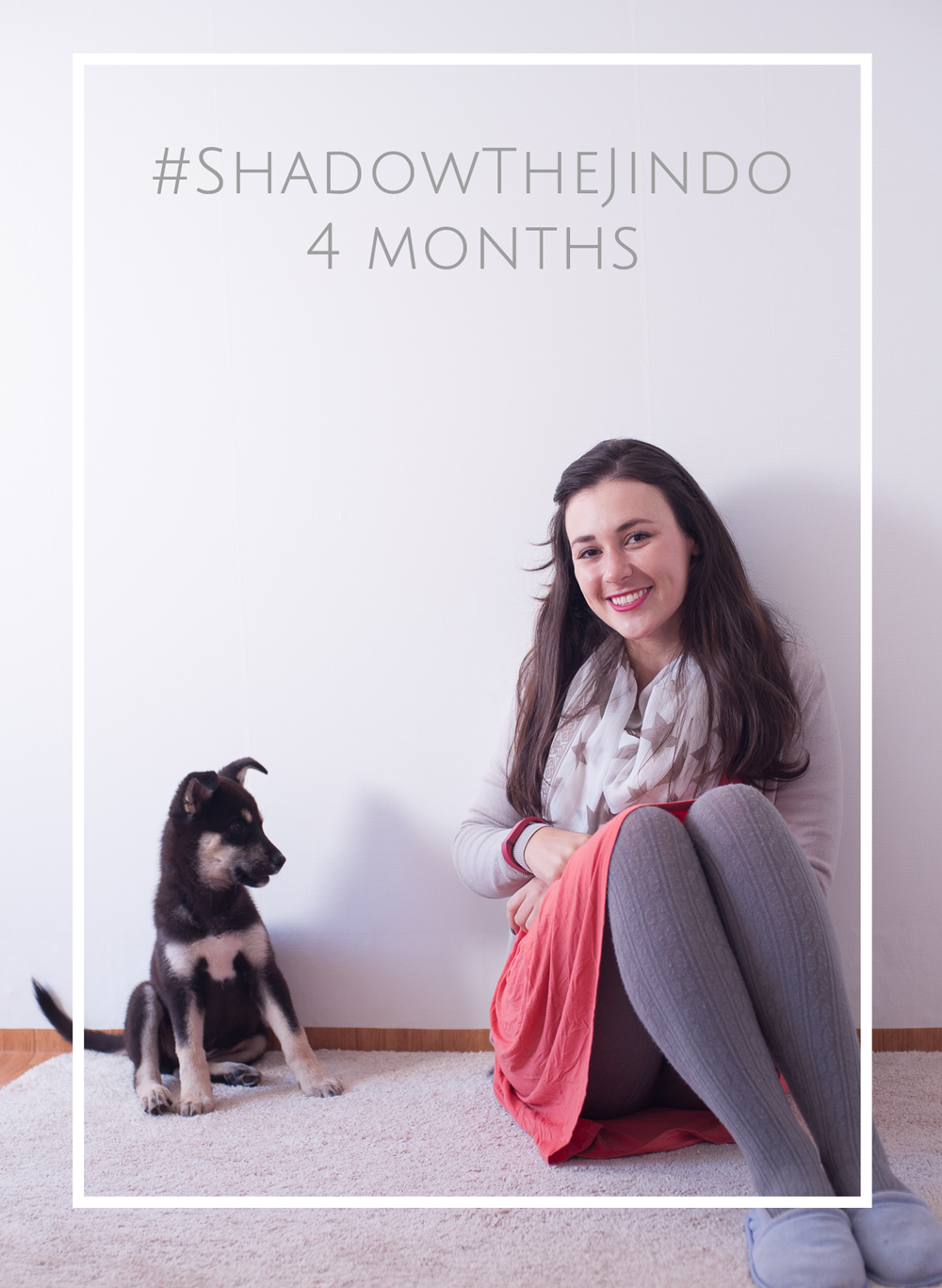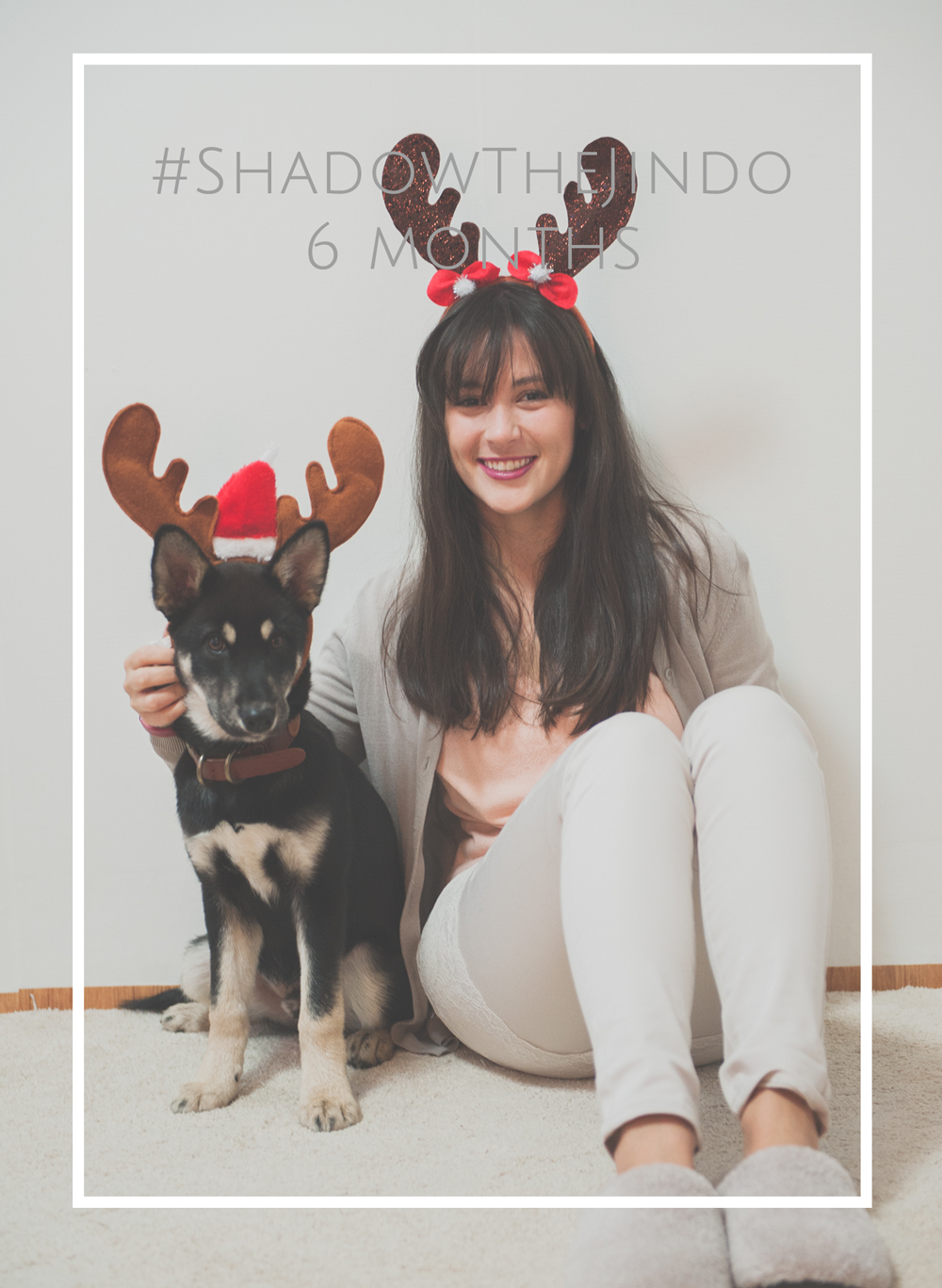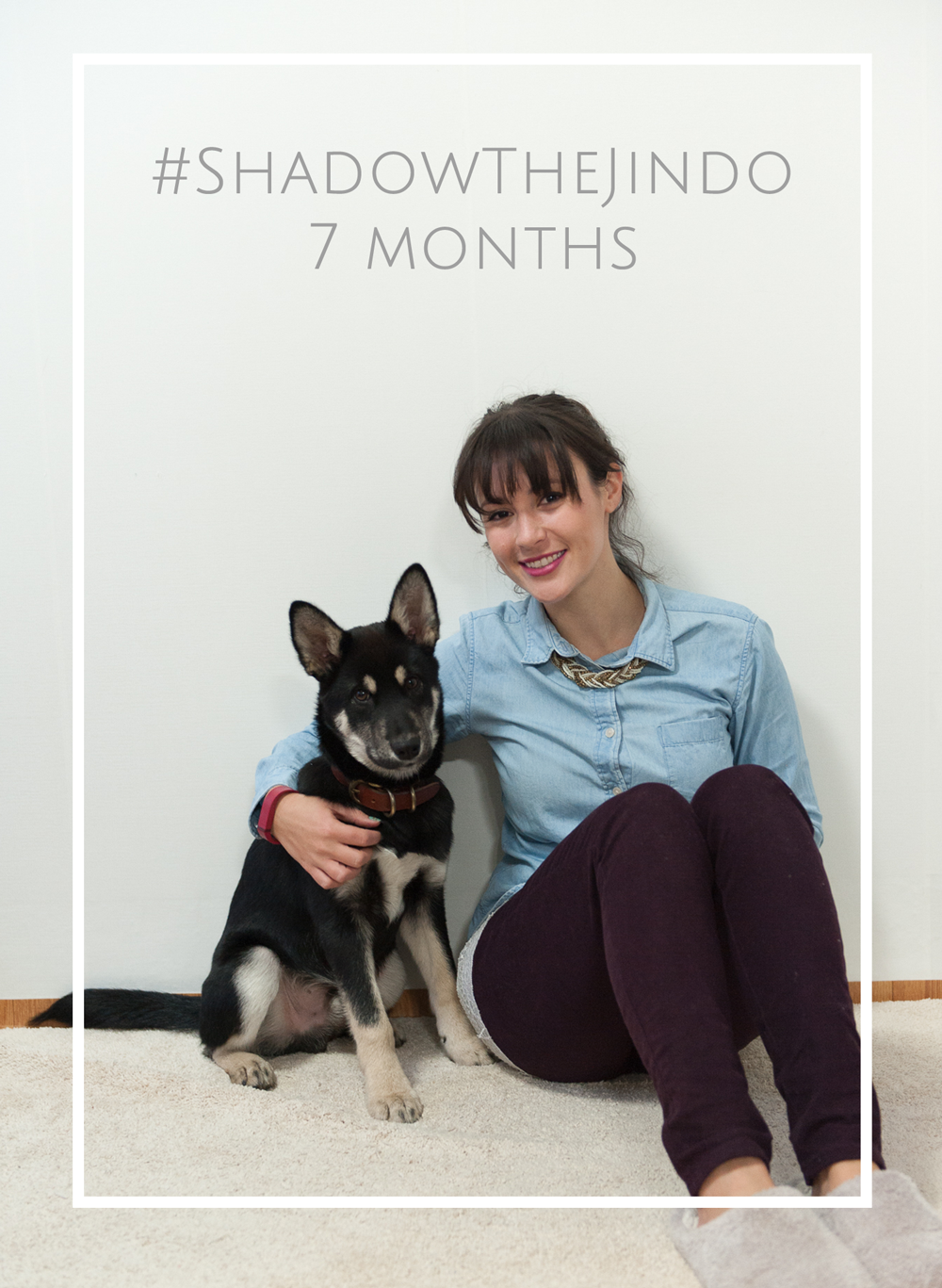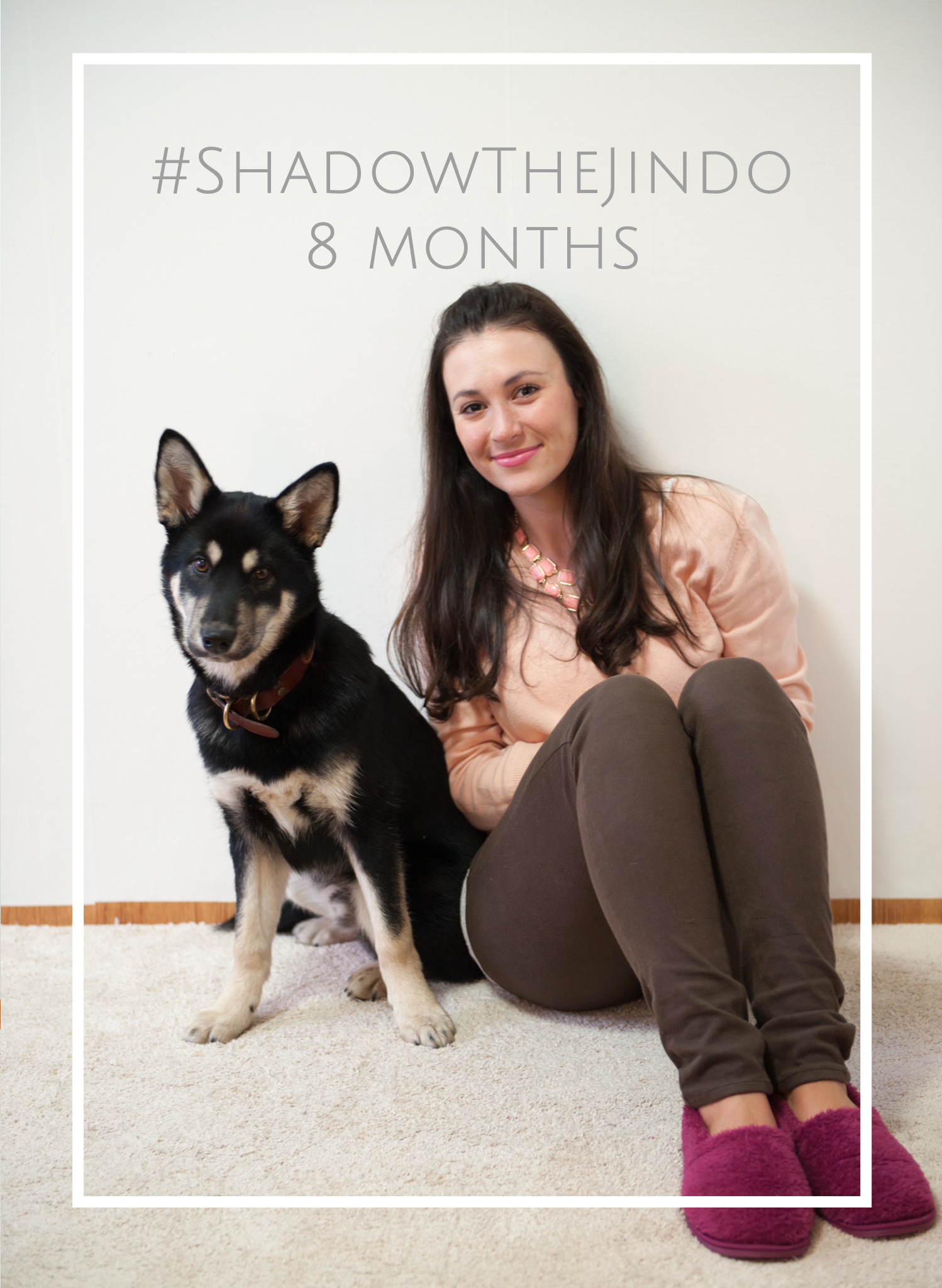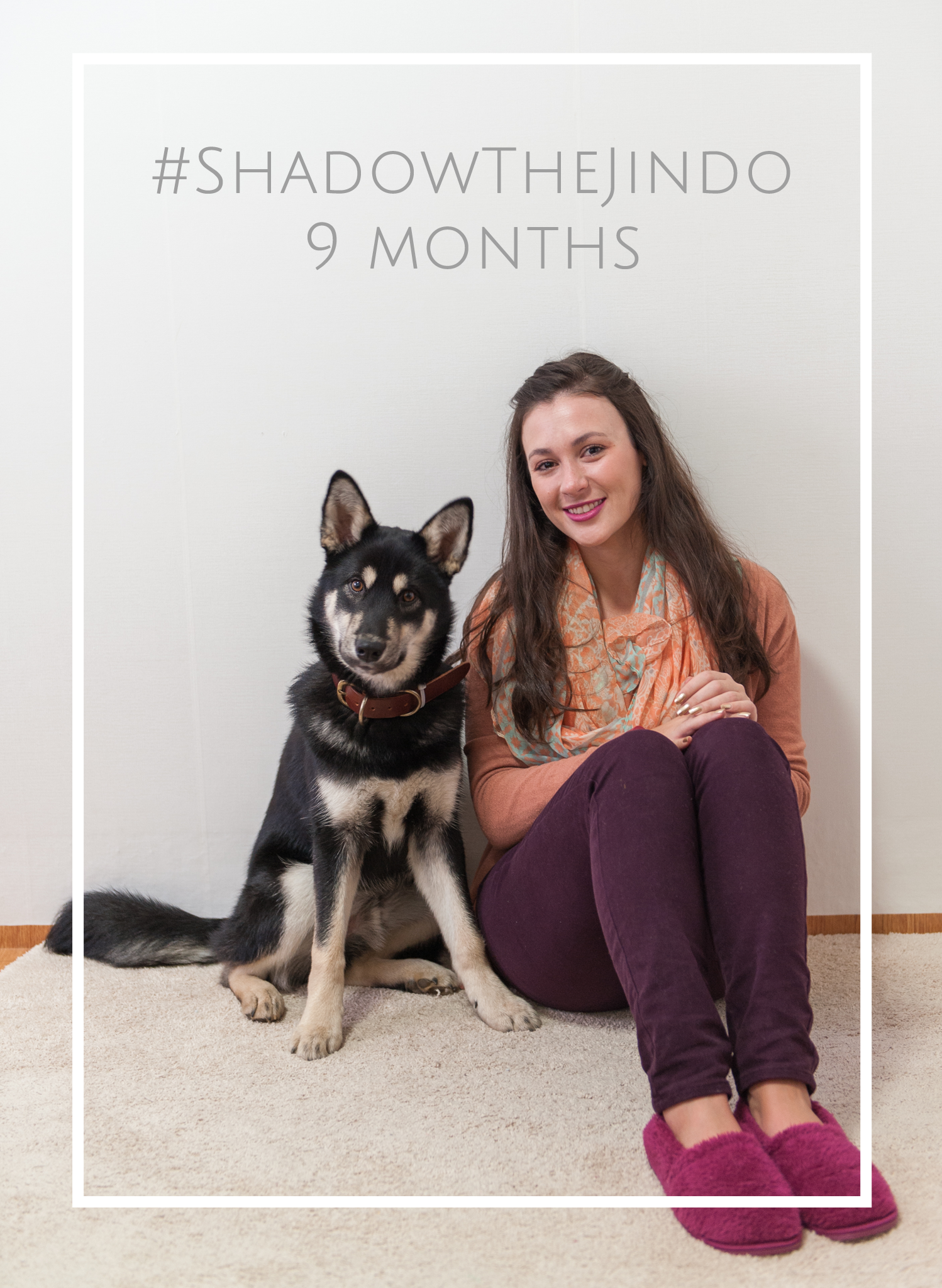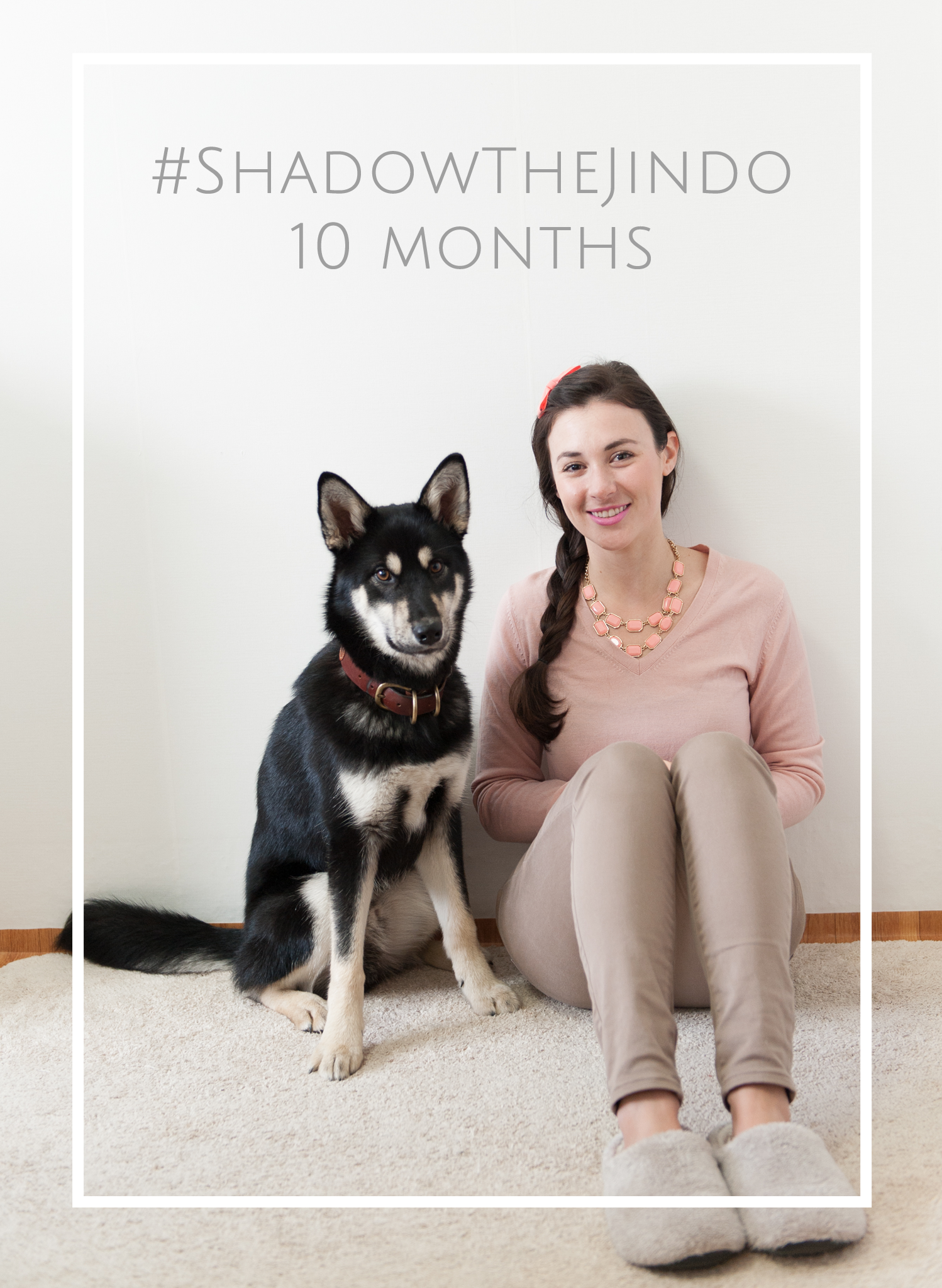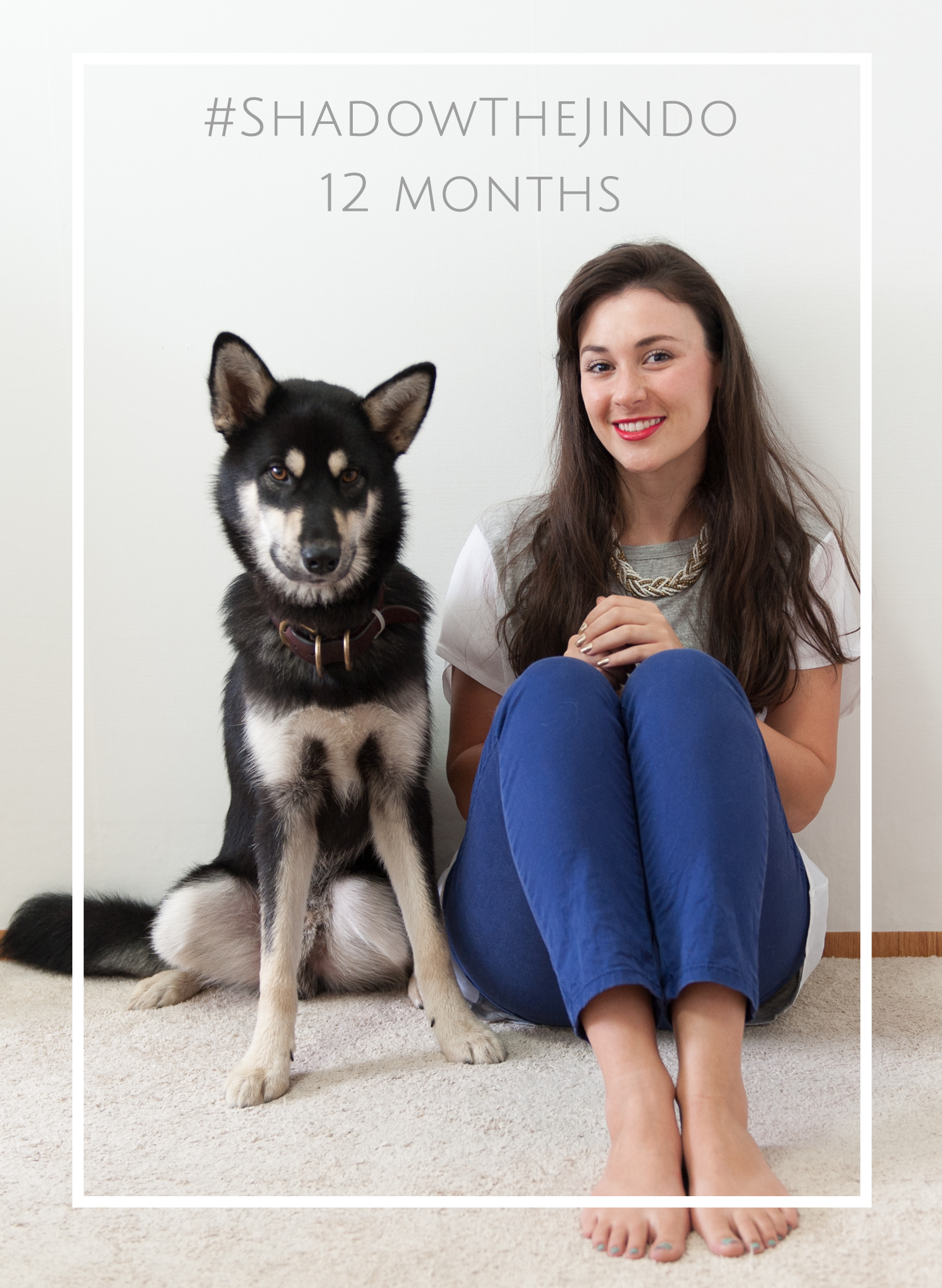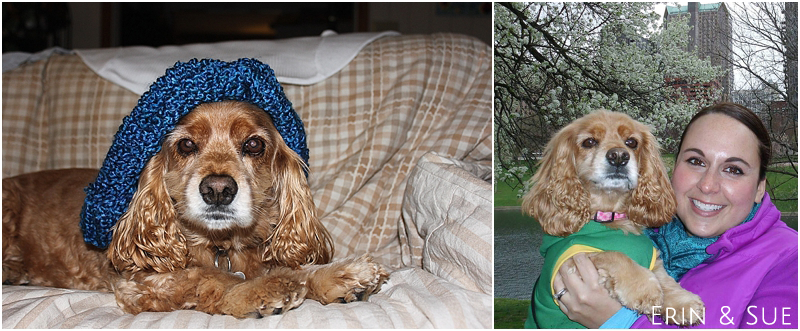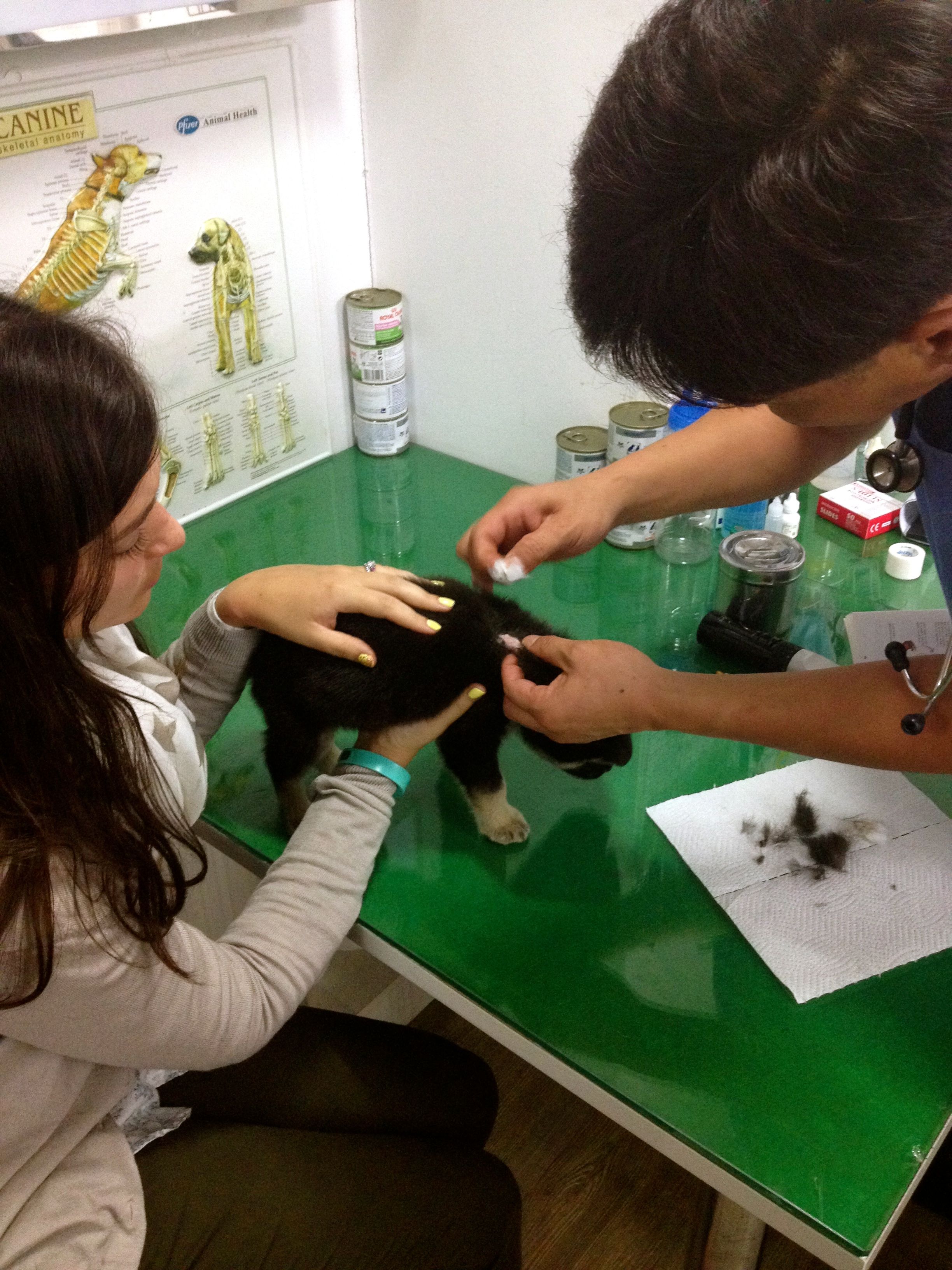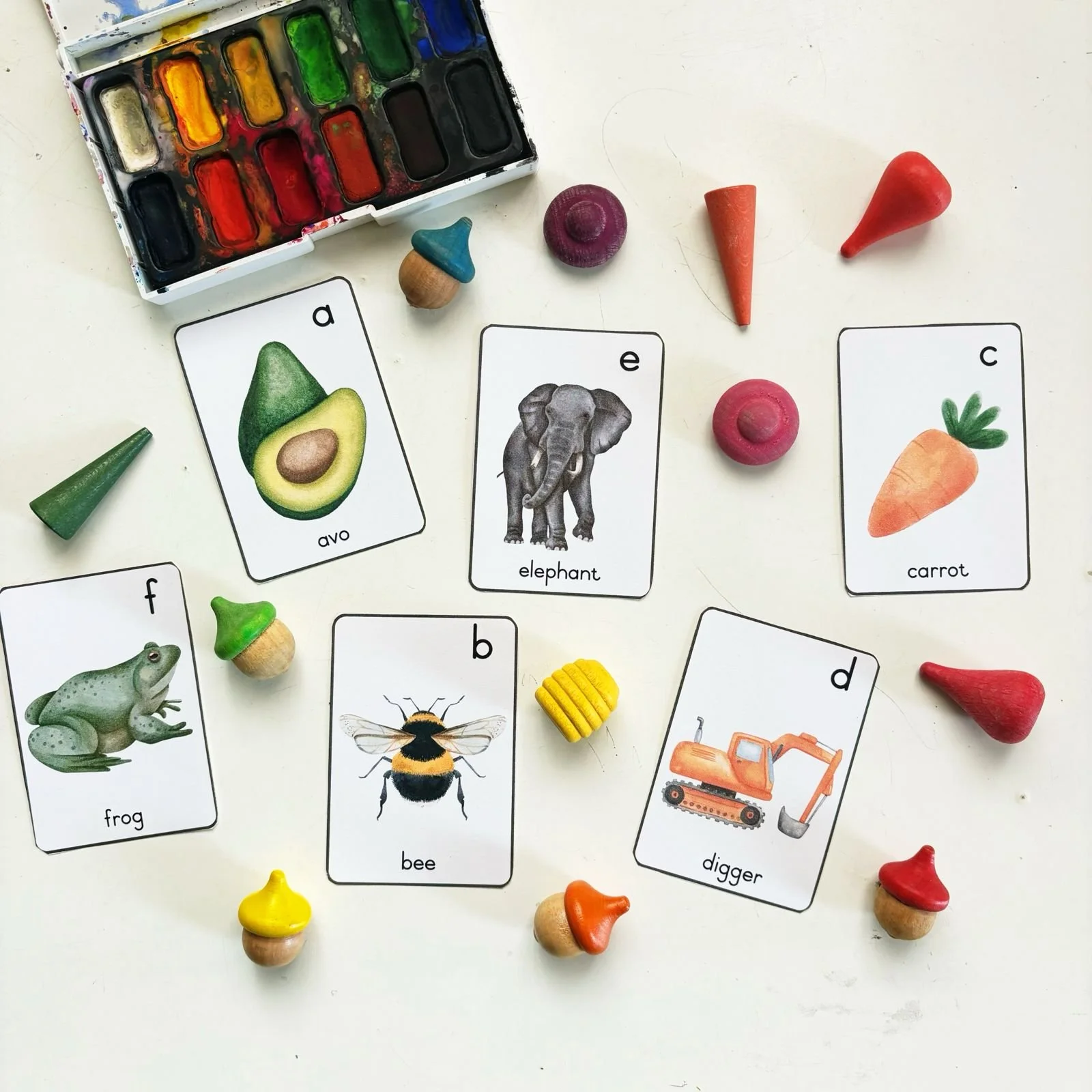Shadow The Korean Jindo at home in South Africa
/It's nearly been a whole year since our rescue pup, Shadow The Jindo, arrived on South African soil.
Farmboy and I found Shadow as a teeny tiny little ball of fluff wondering along a dark country road late at night. We were living & teaching English in South Korea at the time, and had absolutely no plans, whatsoever, to adopt a dog. We were far too independent, loved traveling, and if we were to get a pet, we would absolutely have to bring them back home to South Africa with us. Taking animals to South Africa is FAR more expensive than taking them to any other country (bar the UK which is also crazy) and so it never once crosses our minds. That is, until Shadow came along an stole our hearts.
Here he is as a teeny tiny pup:
If you're wondering what a Jindo is, it's a dog breed native to South Korea. Not much is known about them, and they aren't seen much outside of Korea unless bred by authorised breeders. A lot of the 'street' dogs in Korea are Jindo mixes, just like our precious pup Shadow.
Pure breed Jindo's come in 5 main coat colourings (white, brown/yellow, brindle, black & tan and grey). Shadow is of the 'black & tan' variety, but is most definitely a mix due his long hair and very long ears. We think he is crossed with Husky/German Shepard, but there is no real knowing unless a DNA test is done. He has 100% all of the characteristics of a Jindo (click here to read more about the breed) and we just adore him.
Shadow grew up in our teeny tiny Korean apartment, and is now loving his life roaming the wide open spaces of dairy farm life now that we are home in South Africa. We've had a few issues with him and getting his bathroom routine sorted out (well these issues are more to do with the fact that he is an incredibly private dog when it comes to his toilet time, and now regards out entire garden as his 'home' and will not, under any circumstances, soil his home!). This means he quite literally 'holds it in' until I take him for a walk where we can run free and find a suitably private place to do his business. Funny dog this one haha.
Anyway, here are some recent photographs I've taken of him in the months since we have been home. He is such a happy pooch, and the most incredible dog either of us have ever had. We both can't wait for the many happy years ahead of him as a big brother to our little baby coming along in September this year. My camera is going to be FULL of baby and pup pictures...I can't wait!
In the mean time, I hope you enjoy these photographs.
x
You can follow Shadow on his adventures with his cat siblings over on Instagram:



